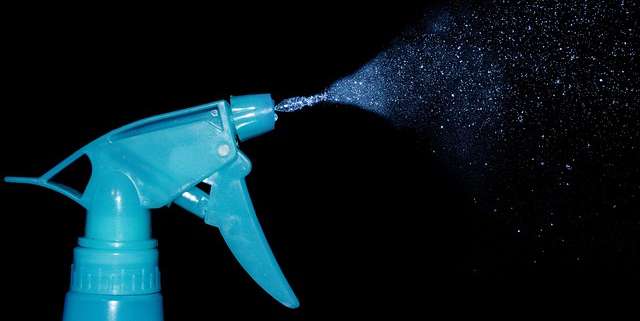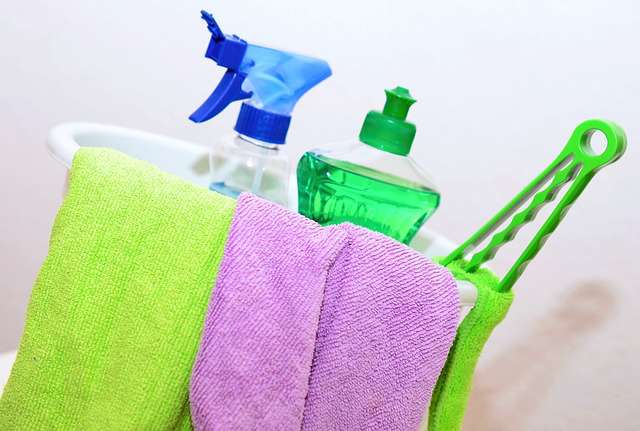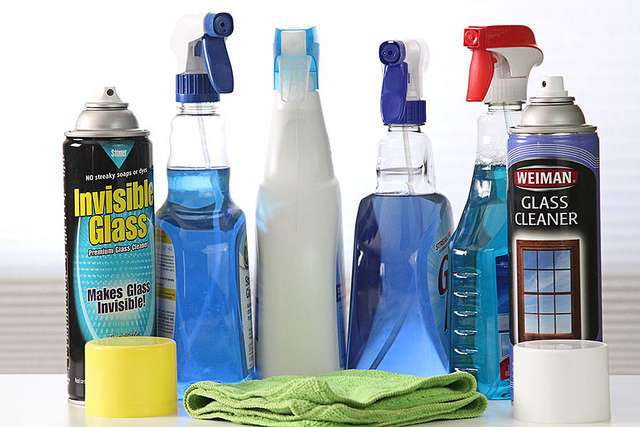
Consistent color is a sign of a high-quality product, which is why color measurement tools are essential for glass cleaner manufacturers. Image Source: Pixabay user PublicDomainPictures
Making glass cleaner seems like a simple process at first; all you need is ammonia, a soapy cleaning agent, rubbing alcohol, and water. But when you’re making cleaning products on a commercial level, this process becomes much more complex. If you mix the wrong balance of these ingredients or use subpar, impure products, your glass cleaner might leave streaks on your customers’ windows. Moreover, inconsistent products that vary too much in color between batches could scare away prospective customers who worry about the safety and quality of the cleaner. Spectrophotometric color measurement is the key to ensuring quality in your ingredients and earning your customers’ trust. By testing your products for accurate, consistent coloration, you can bolster and protect your company’s reputation, leading to better sales and more satisfied customers.
Why Blue is the Unofficial Industry Standard
When you walk through the cleaning section of any grocery store, the glass cleaners are pretty easy to spot: most of them are light blue. However, the main ingredients in glass cleaners (isopropanolamine and ammonia) are completely clear.1 This means that the blue color doesn’t originate from the primary active ingredients themselves, but from light blue dyes added for aesthetic purposes.
The reason most glass cleaners on the market are blue is that, during the 1960s, Windex’s original recipe used a translucent blue dye to help it stand out from the pack. In response to this product’s popularity, many customers began associating the color of light blue spray with glass cleaners.2 Today, many glass cleaner manufacturers still use light blue dye to attract their customers and more easily gain their trust.

Most glass cleaners on the market are blue in color, however, you can choose any color you would like when you make your cleaning products. Image Source: Pixabay user congerdesign



